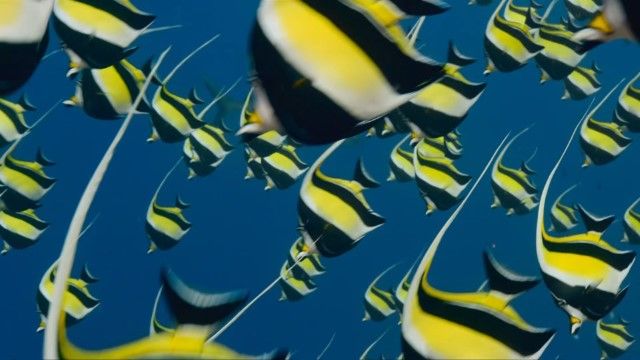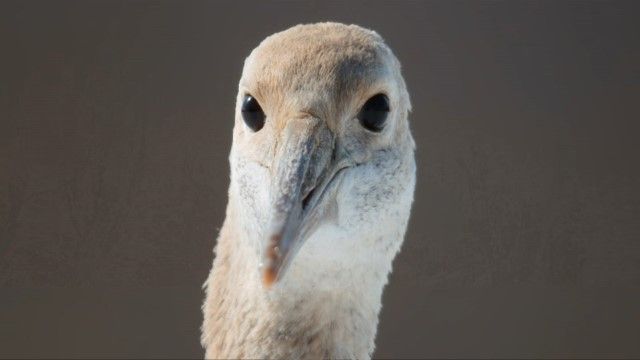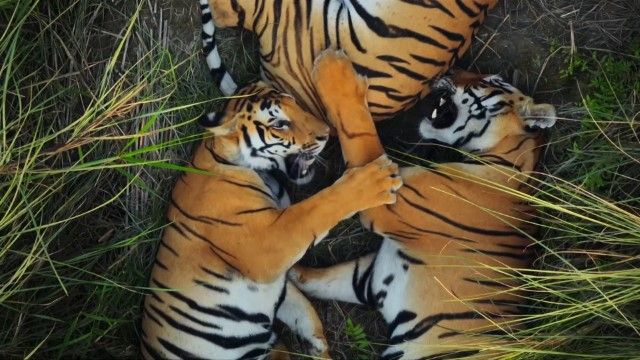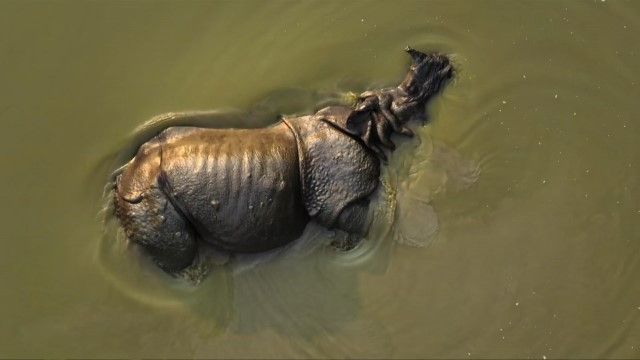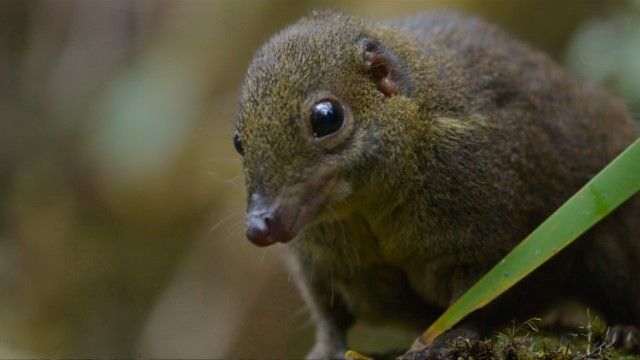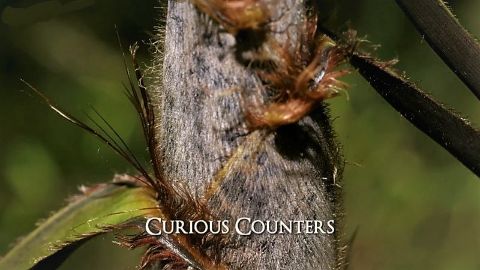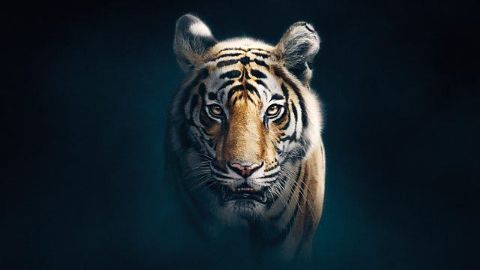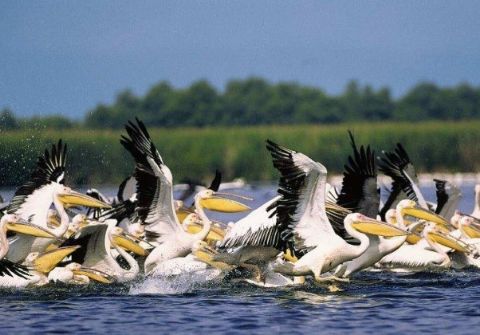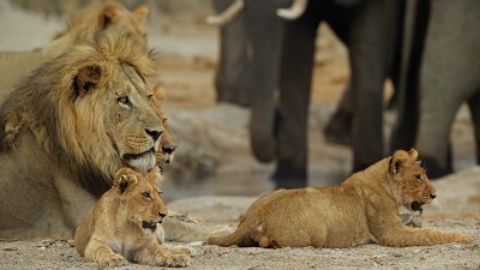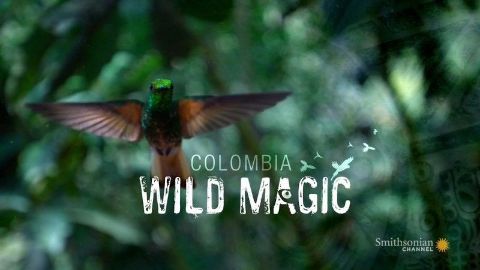Tangled Worlds • 2024 • episode "S1E4" • Asia
Asia's jungles are exceptionally diverse, but whilst they provide shelter, food and opportunity, they are also full of dangers and hidden threats. In monsoon forests, tigers tenaciously hunt their prey, and prehistoric-looking rhinos play courtship games akin to kiss chase. In tropical rainforests, female orangutans must search far and wide to find their perfect mates. And in the little-known forests of Iraqi Kurdistan, a new Persian leopard population is growing amid minefields.
Make a donation
Buy a brother a hot coffee? Or a cold beer?
Hope you're finding these documentaries fascinating and eye-opening. It's just me, working hard behind the scenes to bring you this enriching content.
Running and maintaining a website like this takes time and resources. That's why I'm reaching out to you. If you appreciate what I do and would like to support my efforts, would you consider "buying me a coffee"?
Donation addresses
BTC: bc1q8ldskxh4x9qnddhcrgcun8rtvddeldm2a07r2v
ETH: 0x5CCAAA1afc5c5D814129d99277dDb5A979672116
With your donation through , you can show your appreciation and help me keep this project going. Every contribution, no matter how small, makes a significant impact. It goes directly towards covering server costs.
